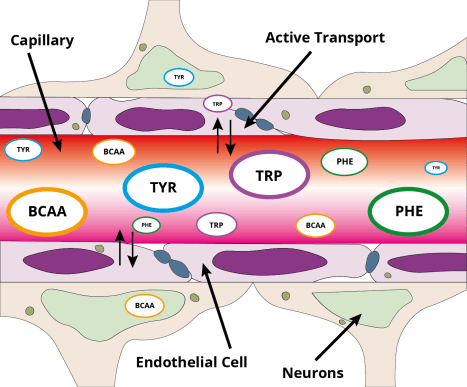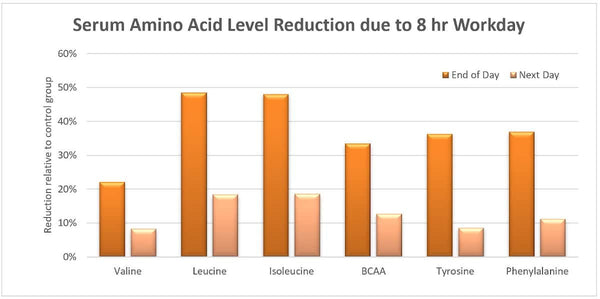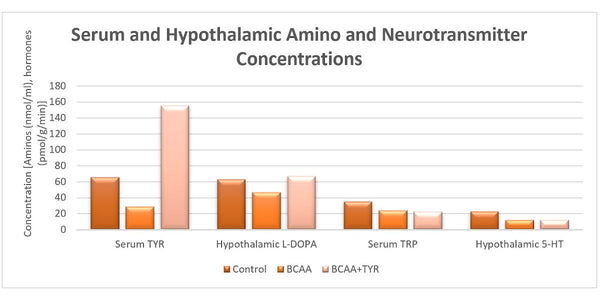Managing fatigue at work and addressing Central Nervous System Fatigue are crucial, even for the hardest among us who have experienced the undeniable effects of physical exhaustion. This experience can emerge after an intense gym session, following a long series of rotating shifts, or as a result of sleep deprivation, highlighting the importance of comprehensive fatigue management strategies.
It’s the point where you just can’t seem to run as fast or lift the weights you normally can, or just find it difficult to do something that is normally simple.
When this happens, we readily point fingers at our muscles for giving out or just low energy levels. Although these effects can be contributing factors, brought on by acidification and glycogen depletion, there is another more global effect in your body which can detract from the performance of most processes in your body; Central Nervous System Fatigue.
WHAT EXACTLY IS CENTRAL NERVOUS SYSTEM FATIGUE?
Just as the name suggests, Central Nervous System fatigue or central fatigue as it is known, happens in the central nervous system which includes the spinal cord and the brain. A fatigued CNS means you may be having troubles activating your muscles or even concentrating. Therefore, even if your muscles are up to the task of producing force, the CNS cannot produce the signals required to give them the proper instructions. This manifests itself as decreased ability to motivate yourself, to enable muscular contractions and even to concentrate.
CNS fatigue is different from peripheral fatigue in that while the latter happens outside the CNS and only affects specific muscles (a torn hamstring doesn’t affect your quadriceps), CNS fatigue can spread its effect to your entire body.
HOW DOES IT HAPPEN?
Central nervous system fatigue, as per many body functions, is complex and is not entirely understood in terms of all the complex processes that contribute towards it. However, research has shown that the dominant synaptic pathways that contribute to CNS fatigue are the catecholaminergic and serotoninergic pathways. Serotonin is a vital neurotransmitter which is responsible for relaxation, mood regulation and many cognitive functions. The catecholamine neurotransmitters; dopamine, adrenaline and noradrenaline are used to drive feelings of motivation, alertness and concentration. These neurotransmitters are produced in the brain from precursor nutrients. The precursor nutrient to serotonin is tryptophan and the precursor nutrients to the catecholamines are tyrosine and phenylalanine.
These precursor nutrients originate in complex proteins and are broken down in the gut and absorbed into the blood. They are then absorbed from the blood through a highly selective semi permeable membrane in the brain called the ‘Blood Brain Barrier’ (BBB) (refer Figure 1). The BBB is series of cerebral capillaries with endothelial cells in the capillary wall which direct certain nutrients directly to the neurons which require the nutrients.
Due to the sensitivity of the brain, the blood brain barrier is very selective and directs only specific nutrients to certain locations within the brain. Think of it like a pipe flowing a solution of small particles of different shapes through the brain and at different locations in the brain there is a grate which allows only certain shaped particles to get through, the rest have to just bypass the grate with the main flow. The absorption rate of these nutrients and therefore the maximal production rate of the relevant neurotransmitter within the brain is dependent on the supply of the precursor nutrients to the brain from the blood.

Figure 1: Blood Brain Barrier (BBB)
However, the absorptive pathway in the BBB responsible for absorbing the serotonin and catecholamine precursors is competitive. In fact, all the large neutral amino acids (LNAA’s) use the same pathway. Of particular significance in this group are; tyrosine, tryptophan and the BCAA’s. This creates a behavior where the absorption rate of one of these nutrients is inversely dependent on the absorption rate of the others, i.e. as one goes up the others go down. What this means is as the body consumes tyrosine and the BCAA’s during activity, the relative levels of blood borne tryptophan increase. This leads to an increase in tryptophan transport into the brain leading to an increase in serotonin production and a decrease in catecholamine production. As serotonin levels increase and dopamine and noradrenalin levels decrease feelings of tiredness, a lack of motivation and inability to concentrate will ensue, giving the fatigue feelings everyone is familiar with.
The levels of the precursor nutrients for the catecholamine neurotransmitters and others can stay depleted even after eating and sleeping during periods of accumulated fatigue. Research conducted into the effects of mental fatigue on serum amino acids has shown that an 8 hour simulated office workday can deplete the catecholamine amino acids by up to 40% relative to baseline (Tanaka, et al., 2007). The reduction of these levels can persist into the next day even after adequate food and sleep. Figure 2 is a plot showing the reduction in amino acids levels relative to the control, of a group who undertook a simulated 8 hour workday. The test shows key amino acids (precursor nutrients) involved in central fatigue show reductions of up to 50% relative to control at the end of an 8 hour workday and up to 20% reduction the next day after sleeping.

Figure 2: The reduction in Serum Amino Acids due to a Simulated Workday (data from (Tanaka, et al., 2007))
HOW CAN AMINO ACIDS HELP REDUCE CNS FATIGUE?
Various studies have shown that supplementing amino acids can increase the serum levels of these nutrients. Increasing the serum levels of the BCAA’s, tyrosine and phenylalanine can increase the transport of these nutrients into the brain and decrease the transport of the serotonin precursor tryptophan. This increase of the precursor nutrient availability in the brain leads to an increase or regulation of the catecholamine levels and thereby in a reduction in the bio chemical markers typical of fatigue.
In an animal study on the effects of BCAA and tyrosine supplementation on catecholamine production (Choi, et al., 2013), it was shown that ingestion of BCAA’s could lower the level of cerebral 5-HT (serotonin) by 48% in the animal’s brain, it would also however, lower the level of L-Dopa (dopamine precursor) by 25%. This is due to the nature of the previously mentioned competitive BBB absorption. However, after ingestion of a mixture of BCAA and Tyrosine (like in WorkWize) the levels of 5-HT decreased similarly by 48% while L-Dopa increased by 6% relative to the control group. Figure 3 shows a bar chart of the levels of the amino acids and neurotransmitters found in the serum and hypothalamus of the animals in this study. The effectiveness of the BCAA and Tyrosine mixture is clearly evident.

WHAT DOES ALL THIS MEAN?
References
Choi, S., DiSilvio, B., Fernstrom, M. & Fernstrom, J., 2013. Oral branched-chain amino acid supplements that reduce brain serotonin during exercise in rats also lower brain catecholamines. Amino Acids, Volume 45, pp. 1133-1142.
Wiegmann, D. & Shappell, S., 1993. Behavioral Effects of Tyrosine during Sustained Wakefulness, Florida: Naval Aerospace Medical Research Laboratory.

















